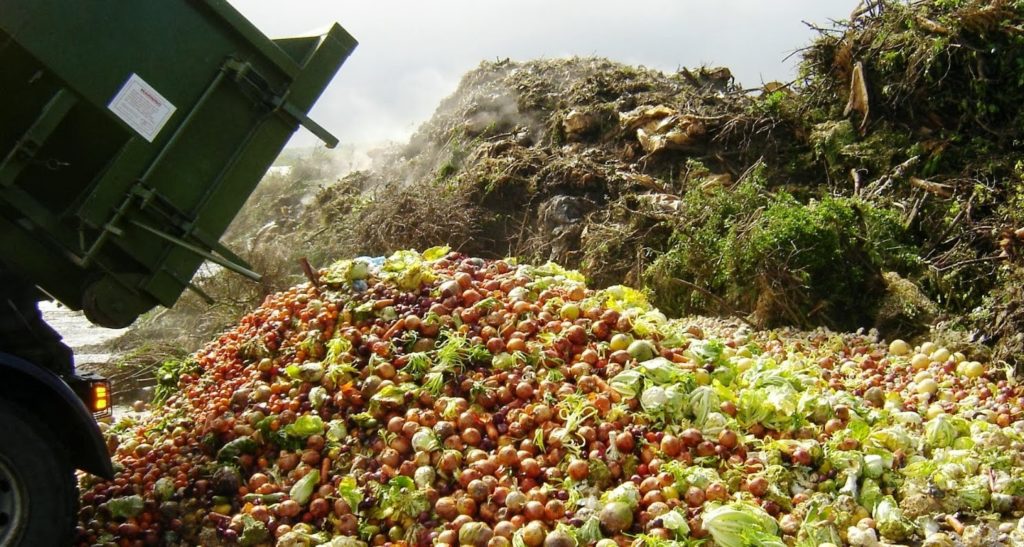Food waste a major cause of shortage globally


BY FAUXILE KIBET
As many humanitarian organizations across the world fights relentlessly to eradicate hunger, especially among the poorest nations in the world, the war faces many odds – which may lead further worsen the situation.
The World Bank warns that climate change could further cut crop yields by over 25 percent – undermining the current attempts to combat famine and hunger.
United Nations statistics reveal an even greater odd in this fight as an estimated 800 million people still live in hunger, amidst a warning that the world needs to produce at least 50 percent more food to feed the growing 9.0 billion people by 2050 -20 years beyond the UN’s goal. The UN had set a target of eradicating hunger by 2030.
As part of its plan to eradicate hunger by 2030, the UN is also looking for ways of halving worldwide food waste and substantially reducing global food loss by 2030 as part of its Sustainable Development Goals (SDG) agenda.
The world body observes that in Sub-Saharan Africa where rural populations highly depend on food production for both income and nutrition, the dialogue is mostly focused on “post-harvest losses” (PHL) – which reflect potential consumables that leave farmers’ fields but never make their way into consumers’ mouths.
According to Mark Lowcock, Under-Secretary-General for Humanitarian Affairs and Emergency Relief Coordinator, almost two thirds of people living in hunger were in conflict-stricken countries.
He singled out war-devastated Yemen, South Sudan and north-eastern Nigeria, which still faced severe levels of hunger, while the food security situation in Ethiopia, Somalia and the Democratic Republic of the Congo was “extremely worrying”.
Alessandro Demaio, Chief Executive Officer a Norway-based EAT, an international NGO engaged in the fight against hunger argues that there is a deeply unjust disconnect between food availability and quality in different parts of the world.
“One third of all food produced gets lost or goes to waste -that’s enough to feed all of the world’s hungry four times over,” he argues.
Last year, the United Nations warned that hunger which had been on a steady decline for more than a decade was on the rise again. According to DEmaio however, the world can attain the 2030 zero hunger target by removing barriers to trade and boosting food production and sustainability.
“But we just need the political will to match, and to get stakeholders across sectors, borders and disciplines to work together and pull in the same direction.”
He observes that about 1.3 billion tons of food is lost or wasted every year and that in poorer nations, this waste generally occurs pre-market and can be part-solved by simple technologies in supply chains including transport, packaging and refrigeration.
Technological interventions such as precision agriculture or investments in post-harvest processes will make huge differences.
“In wealthier countries, the majority of waste occurs after market, in supermarkets and in our homes. This is where buying less but more frequently, avoiding impulse buys and taking measures to reduce the “buy one get one free” that incentivize over-purchasing, are all key,” he observes.
Military conflicts
The hunger crisis has been worsened by the several armed conflicts. Last month, the Security Council, the most powerful body at the United Nations, was called upon to play a greater role in “breaking the link between hunger and conflict.”
Military conflicts in have been noted as contributing largely to food shortage. According to Demaio major regional or national conflicts have often profound impacts on food supplies as they disrupt society.
Conflicts, he adds often originate from a competition over control of the factors of food production, such as land and water.
According to the International Food Policy Research Institute (IFPRI), armed conflicts frequently lead to the destruction of food systems. Often, warring parties manipulate starvation as a deliberate tactic, using their control over access to food to attract and reward friends and humble and punish enemies.
“Such conflicts are “food wars,” not only because hunger is used as a weapon but also because food insecurity is both an effect and cause of conflict. National governments in Africa, together with global investors, whether private or public (aid donors), must include conflict-prevention considerations in the planning, implementation, and evaluation of development.”